Go Global With Your Fashion Brand
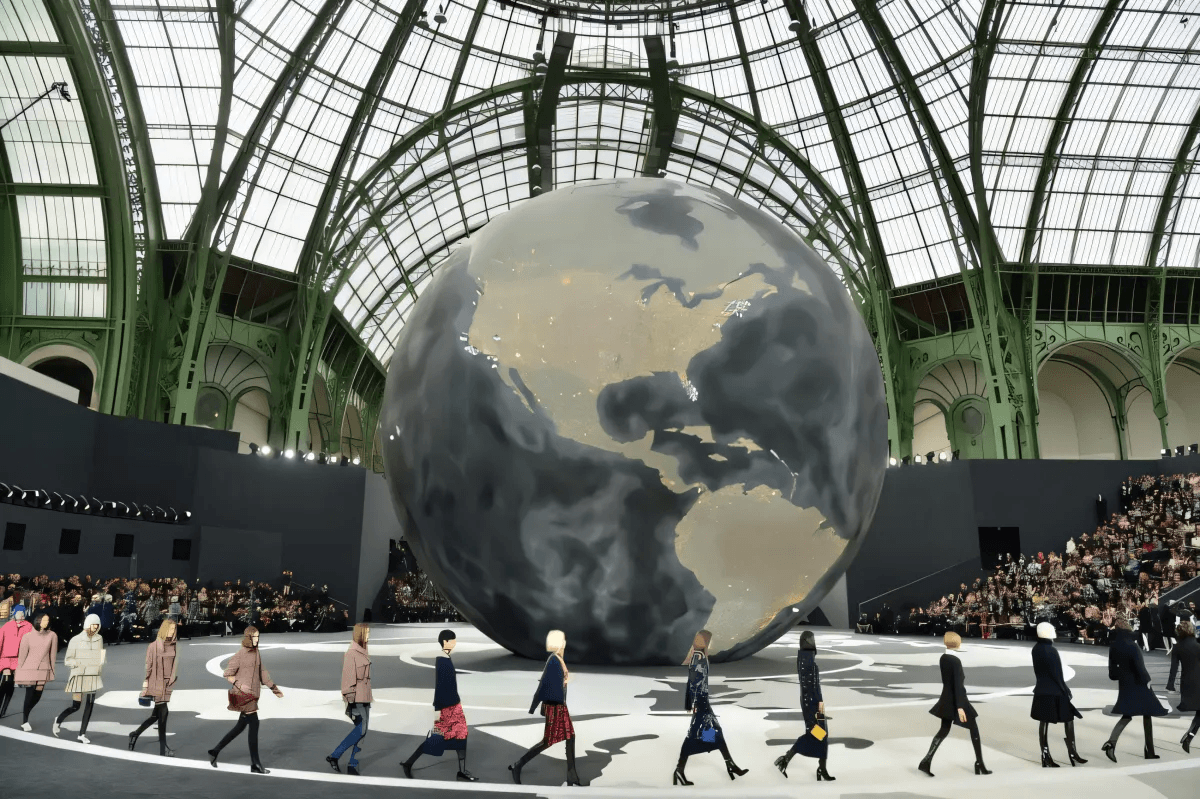
Dreaming and deciding that you want to open an international-level fashion store is only the first step but the work does not end over here. Even though entering the global landscape can trigger a lot of excitement and hope, it can often be a challenge to survive and thrive.
The fashion retail industry has become very competitive over time. Moreover, there is a lot of figuring out and planning to be done while formulating the business plan. Even though there are endless opportunities, a little guidance never hurts!
To make your task a little easier and less challenging, here are a few factors that you must consider if you want to go global with your fashion store:
1. Knowing your niche of fashion brand
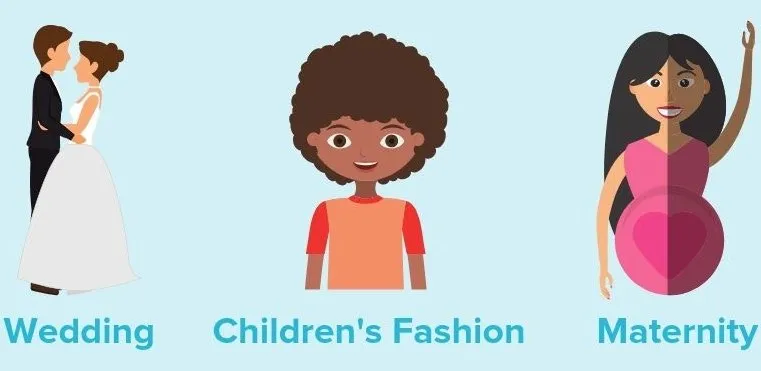
Even in the fashion industry, there are a lot of business fields. Knowing your niche as a fashion brand is one of the most underrated and crucial steps that can help you stand out in such a saturated industry. This is because the business plan that you formulate will be on the basis of your niche.
This may mean deciding on a very broad level, such as whether you want to specialize in apparel, bags, or shoes; and this may also mean deciding on a more minute level like choosing to specialize in street style or activewear, fast-fashion or premium clothes.
While there are niches that are heavily different from one another, some lines are blurred. Knowing your niche is also important to avail raw material, decide prices, profits, and much more.
Here is the list of things you need to keep in mind before you choose a niche for your fashion brand:
- The top tier fashion brands having the highest prices, exclusivity, and creativity, include luxury brands and fashion designer brands. Although the luxury brands remain less reactive to the geographical demographic and seasonal changes that occur, fashion designer brands are more reactive and hence, they remain location sensitive.
- Then comes premium brands and fast fashion premium brands. Premium brands, such as Diesel, Boss, Bull, and Shark are less reactive to the location whereas Fast premium brands such as Sandra and Pinco are more reactive to the geographical location.
- Lastly, mass basic retailers like Gap and Uniqlo remain less reactive of location and seasonality whereas fast-fashion retailers such as H&M, Zara, Mango, Bershka, etc are location sensitive.
It is also to be noted that the sale of iconic products will also be affected less by location and other factors. For example, the Wayfarer by Ray-Ban, Kelly bag of Hermes, Business Jacket of Armani.
2. Going digital with your fashion business
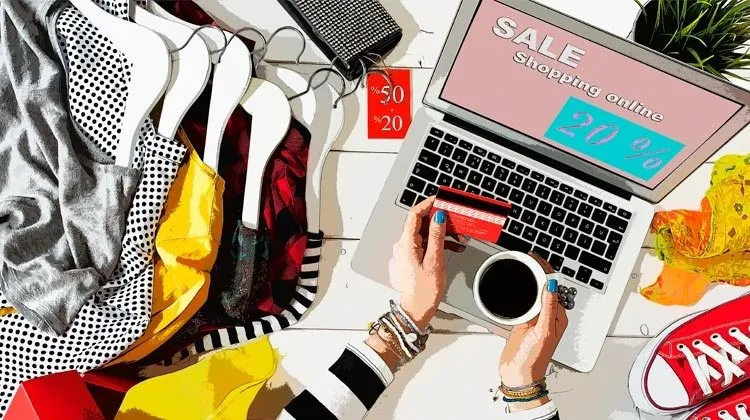
An E-commerce experience is no longer a distant dream or something reserved for the future, it is the present! More consumers are switching to online shopping, especially in these testing times of a global pandemic.
The number of consumers who shop from e-commerce platforms is only likely to increase in the near future. Take an example of fashion platforms such as Asos, Nasty Gal, Revolve, Pretty Little Thing, Shein, and many more, they have taken over the fast fashion industry in no time.
Hence, if you are looking to establish a global presence of your fashion brand, you need to make sure to set up a robust platform that the fashion shoppers can enjoy using with ease. Doing so will help you popularize your garments across versatile and diverse demographics along with a wider target audience.
Some of the tips that you need to keep in mind while setting up your e-commerce platform are:
- Make a simple yet excellent presentation for your platform lay-out. Here, you may choose themes such as minimalistic and color schemes like pastels or monochromatic for a clear & clean finish.
- Introduce a more personalized shopping experience for your customers. You may include birthday discounts, anniversary gift vouchers, personalized style kits based on previous orders, made to order clothes, loyalty schemes, and much more; based on your budget.
- Ensure a clear and easy filtering system to distinguish between the product categories. This may include product category, size, price range, sort by, color, fabric, and material, fit type, et cetera.
- Be transparent about all the ratings and reviews by different consumers. This helps the customers to get an honest opinion from other users.
- It is very important to have swift Customer Support. Give your customers an option of Live Chat with your customer case team and try to respond within 24-48 hours with a helpful solution to their queries.
- Not having a clear mention of the contact details can be a real deal-breaker. Hence, make sure to clearly display the contact information which should include a Phone number or a Toll-free number, Email-id, and link to the social media pages.
Once you establish your website or application, the next best thing to do is to have an active social media presence. This includes having a Facebook Page, Instagram account, and you can even make sure of platforms like Twitter and Snapchat. Don't forget to be consistent and creating your aesthetic.
3. Investing in fashion communications & marketing for fashion brand
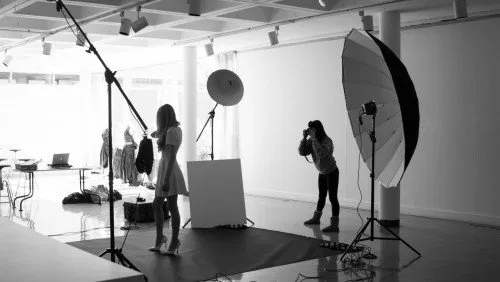
We cannot emphasize the importance of fashion communications. It is one thing to have a vision and a brand that you believe in, but it's another thing to make others believe in the same. In order to make sure that the message of your brand reaches maximum consumers, you need to work on branding and communicate it right. This may be through written or verbal mode, visuals, and audiovisuals, or a mix of all.
An effective fashion communications strategy can be the backbone of your business. Fashion communication is a field that can help fashion brands deliver the right message to their audience through verbal, written, visual, and audiovisual modes and further facilitate contact.
You may have noticed that very often, consumers are not buying a product. What they are buying is a story, a dream, a vision, aesthetics, heritage, culture, and something that really leaves an impression on them. So, when you are communicating your brand to the public, make sure that you are investing right in marketing, photography, styling, visual merchandising, display, creative write-ups & fashion journalism, advertising, public relations, and display. This applies to both offline and online stores.
Your Instagram feed aesthetics, in-store window display, store layout, something as basic as making fashion reels, making use of influencer marketing; all of this comes under fashion communications. Fashion communication and marketing is not just limited to the products but should also expand to self-expression and identity through the medium of fashion.
4. Networking & building connections with people of the fashion industry

Networking and making connections in the fashion industry can really be a game-changer if you do it right. Your fashion store could reach milestones with the word of mouth and by knowing the right people. However, as this industry has become very saturated over time, this may be a challenge for up-and-coming fashion stores and small businesses.
But since fashion is about self-expression and identity, networking cannot be ignored. From getting the best deals and offers, popularizing your store, attracting more customers through referrals, getting a chance to display your collection at fashion shows; networking can open so many doors!
For all the newbies out there, you can build connections in the fashion industry by taking note of the following points:
- You can meet new people by attending workshops, conferences, events, and trade shows. It would be a bonus if you go wearing your own brand.
- You can make use of online platforms, especially LinkedIn and Instagram. Check out platforms like Fashion Mingle and Sociomix. Sociomix is an inclusive platform for both, newbies and professionals where one can do an array of activities like listing products, creating diaries, lookbooks, and outfits.
- You can take up some short term courses for more knowledge, industry exposure, and connections.
- You can subscribe and be a part of various fashion and styling communities.
- As a newbie, you should be open to collaborations and reach out for collaborations with other designers, influencers, stylists, marketing agencies, et cetera.
- You should also develop close relationships with agencies like model agencies and stylist agencies.
- Once you build up a few connections and are looking to expand, you can hold your own events and send invitations to your connections and beyond.
- When you are out there at any event, always make sure to have your sales pitch ready. You never know who you might come across!
- And, most importantly; be kind, friendly, honest, authentic, and confident.
5. Combining contemporary & classic fashion items
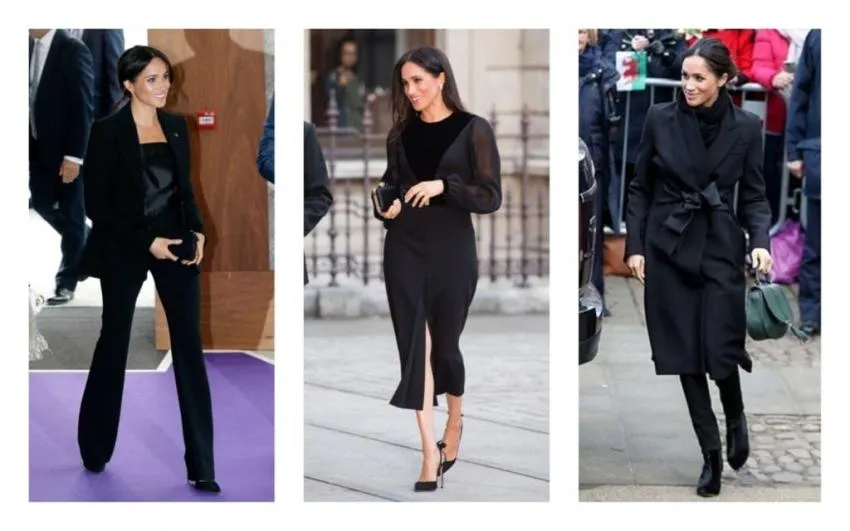
Fashion is a quick-moving industry. Trends come and go like trains on a platform, you have to make sure that you don’t miss your stop! This means that in order to be a part of this industry; you probably have to eat fashion, live fashion, drink fashion, and breathe fashion. No, not literally! But if you want to hustle and make a profitable living out of your fashion brand, you ought to make sure that you stay up to date with all the latest fashion trends.
To stay updated with which trends are coming and going:
- You can follow fashion influencers on social media,
- You can make it a habit to read fashion news from reliable platforms such as Business of Fashion, WWD, Who What Wear, Vogue, and countless other magazines and platforms,
- You can watch fashion shows & runaways,
- You can watch out for celebrity style,
- You can take inspiration from the latest fashion trends from Pinterest, and
- You can browse through the platform of fashion-forward e-retailers like Revolve, Barneys, JeffreyNewYork, Sociomix and Saks.
Even if you are choosing to not open a fast-fashion brand, it will be hard to escape the indirect effect of fast fashion. Although it is important to keep up with the trends and inculcating them in your products, it is also important to have a touch of your signature and classic style. It is easier to get lost in the fast-paced dynamism of fashion, but it's important to create an authentic identity amongst the changing landscape that makes you stand-out.
You can take an example of the brands that have been ruling the fashion industry for quite a while now and each one of them has a signature style that remains constant for almost all of their designs. Gucci’s maximalist aesthetic, Versace’s classic Medusa logo, Christian Louboutin’s red sole; are just a few examples, to begin with.
6. Prioritizing sustainability in fashion
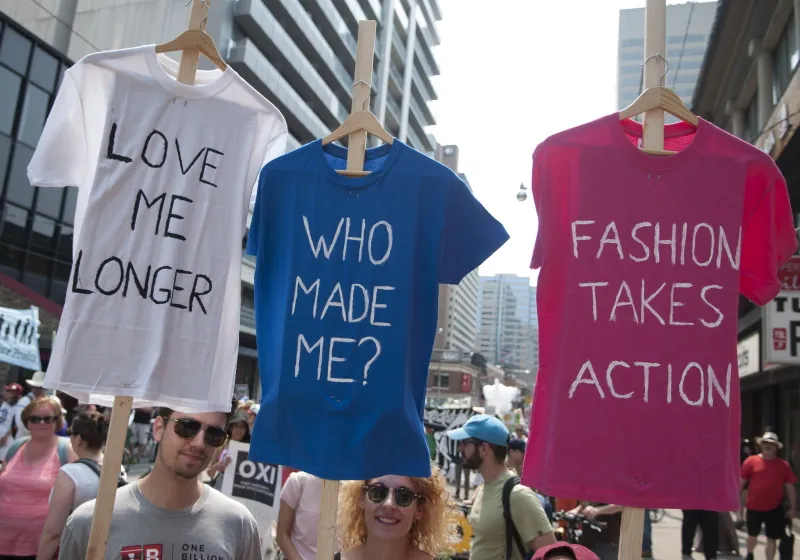
Sustainability is the need of the hour and not just a trend. Sustainability in fashion refers to a conscious effort to foster a positive change in fashion that ensures minimum damage to our ecosystem, ensures social justice, and saving for future generations. However, this has not always been the priority of the fashion industry and has led to severe consequences.
As per We Forum, “Fashion production makes up 10% of humanity’s carbon emissions, dries up water sources, and pollutes rivers and streams. What’s more, 85% of all textiles go to the dump each year. And washing some types of clothes sends thousands of bits of plastic into the ocean.”
Fashion has had an active reason behind the depletion and exploitation of our environment and it's high time to take conscious actions against it. Your fashion brand can speak volumes and connect to more conscious buyers if you inculcate sustainable practices, because of rising awareness and environmental consciousness.
Some of the most sustainable fashion brands that have made it huge and you can take inspiration from are: Stella McCartney, Nanushka by Sandra Sandor, Vivienne Westwood, Phipps by Spencer Phipps, Ocean ZEN by Steph Gabriel, Rag & Bone by Marcus Wainwright, and many more.
To make your fashion brand more sustainable and ethical:
- You should clearly define your ethics in terms of sustainability
- You can choose suppliers that opt for a sustainable approach and follow-up on their approach
- You can consider switching to bio-based materials that de-compose easily
- You should make it a conscious effort to reduce your waste material
- You can recycle and upcycle the left-over stock
- You should ensure a fair and safe working environment
- You can use eco-friendly packaging, avoid plastic
- You must switch to ethical and cruelty-free production
- You should be vocal as a fashion brand, and as an individual
7. Do thorough market research about the fashion industry

If you are planning to go international, you need to do an in-depth study of the market as businesses can often be cut-throat to survive. There are a lot of factors that need to be considered such as international shipping. Since the entire point is to go global with your fashion store and your brand's online presence, you also need to do your homework regarding various factors.
For instance, you have to invest sufficient time and effort in getting to know about the distribution centers that are most feasible for you. Having tie-ups with renowned distribution centers will also increase your credibility amongst the customers.
People often have second thoughts about shopping from international sites as they can get the same items in their home country as well. In that case, present attractive offers to your customers such as shipping incentives above a particular price set for minimum order. While choosing your delivery agency, make sure to opt for someone that offers discounts on bulk shipping and more such cost-cutting schemes.
Also, make sure to have an accurate currency converter on your website. In case it's needed, take assistance from a bilingual copywriter for a language translator on your website. To prevent returns, make sure to be transparent about the material used, sizing, and colors.
Given is a list of some points that may help you formulate a more efficient business plan for your fashion brand:
-
Research about traffic and accessibility
A lot of traffic does not necessarily mean more and more customers. However, if the traffic consists of target consumers then it implies more customers. Accessibility is another important aspect that cannot be ignored at any cost.
One needs to make sure that before opening a retail store in a particular region, that region must be well connected with basic facilities such as sufficient parking space, good roads so that delivery vehicles and customers can easily come and go, connectivity and public transportation, etc. Opening your store in an area ensuring proper visibility minimizes the extra advertising cost.
In the case of an online platform, you need to track your platform traffic and look for ways to drive more traffic to your application or websites.
-
Estimation of the cost of location and technology
This includes affordability of rent, property taxes, maintenance and security cost, and the cost of transporting material from warehouses or wholesalers to the retail store. While making the business model, one needs to have an idea of the approximate sales and profit that one might make & check if it would be sufficient to cover up the location cost.
However, it is also to be taken into consideration that the location that is affordable initially versus the location that one might able to cover later varies and in most cases, only get better. If you do not want to open a physical store for your fashion brand, you can opt for an online store only. This would mean that you could save bucks on rent and other physical location expenditures but will have to spend more on deliveries.
-
Study the neighboring fashion business competitors
The stores opened in the neighboring areas can either help boost sales or drop them to a large extent. Here, the role of supplementary or complementary goods takes place. If the neighboring store sells supplementary items or items that can be substituted then it might have a bad impact on your business. However, if the neighboring stores sell complementary items then it might impact the business in a positive manner.
For instance, if one is planning to open a fast-fashion retail store and the neighboring stores are of fast fashion retail stores only then it might increase competition. However, if the neighboring stores are of something complementary such as a shoe store or a salon, then it might help in attracting their customers to your store as well.
In the case of an online fashion brand, you need to stay updated with what the other platforms are doing. You can take inspiration but also think of strategies that can make your platform outshine.
-
Studying the population and type of crowd in geo-regions
When one has to choose a location to open their retail stores, one first needs to study the population and type of crowd consisted of that area very carefully. For this purpose, one can speak to local businesses around, take location demographics from the chamber of commerce, et cetera.
For online stores, it is important to know your target audience so you can clearly define who your customers are and know whether the kind of products that you're selling target the kind of crowd of the area and neighboring regions or not.
For example, in the case of an offline store, if the target audience is middle-aged people, then opening a store in an area near office areas will be most beneficial and will also reduce some advertisement costs. Another thing that should be kept in mind is the income of the people. Less developed or poorer nations don't have enough disposable income to be spent on fashion. They revolve only around essentials and development.
Given below is a briefing about the population and target crowd of three of the major fashion markets of the world.
Fashion in Europe
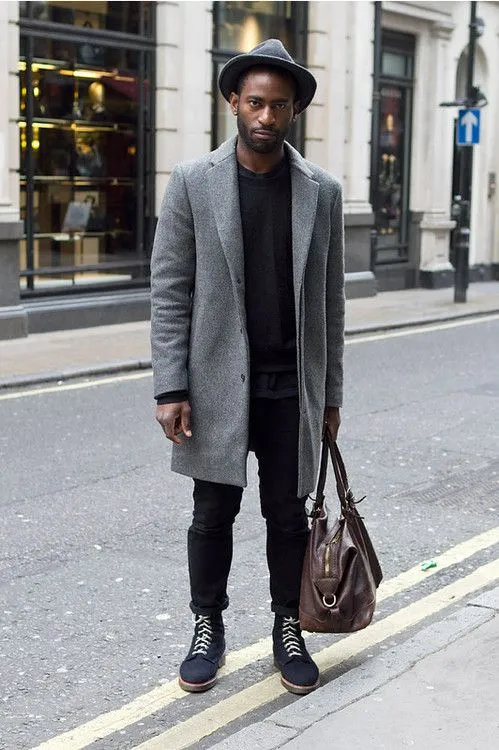
Europe is known as the land of fashion and is known for its incredible style. Their clothing is very upscale, classy, and inspires the fashion trends in other places as well. Their fashion is known for their clean, simple cuts, textured pattern instead of bold patterns, more neutral tones, coordinating colors with seasons, and even their simple clothes aren't basic.
Europe is driven by values that are even today representative of the quality of beauty aesthetics. All credits go to the willingness of the early Prince, Kings, and Dukes who loved and inspired love for creating objects.
The luxury and fashion market in Europe is so prominent that it consists of more than 3% of its GDP. It is a major source of employment, the key driver of growth, and a trade champion covering more than 70% of the world's a luxury and fashion market. However, even in Europe, although all the places share their common love for fashion, luxury, wine, jewels, and love, their target audience still differs from place to place.
While France focuses more on culture, identity, timelessness, heritage, and art de Vivre when it comes to fashion. Italy, on the other hand, is less about past heritage but more about excellence in the entire value chain. It focuses on other aspects of fashion such as innovation, "dolce vita" and the high-end market.
France's fashion industry is known as Comite Colbert or industry of culture and identity whereas Italy's known as Fondazione Altagamma or the industry of excellence. Also, Paris's core market is couture, London focuses on high street fashion and Milan broadly deals with prêt-a-porter or ready to wear clothing items.
Fashion in the USA
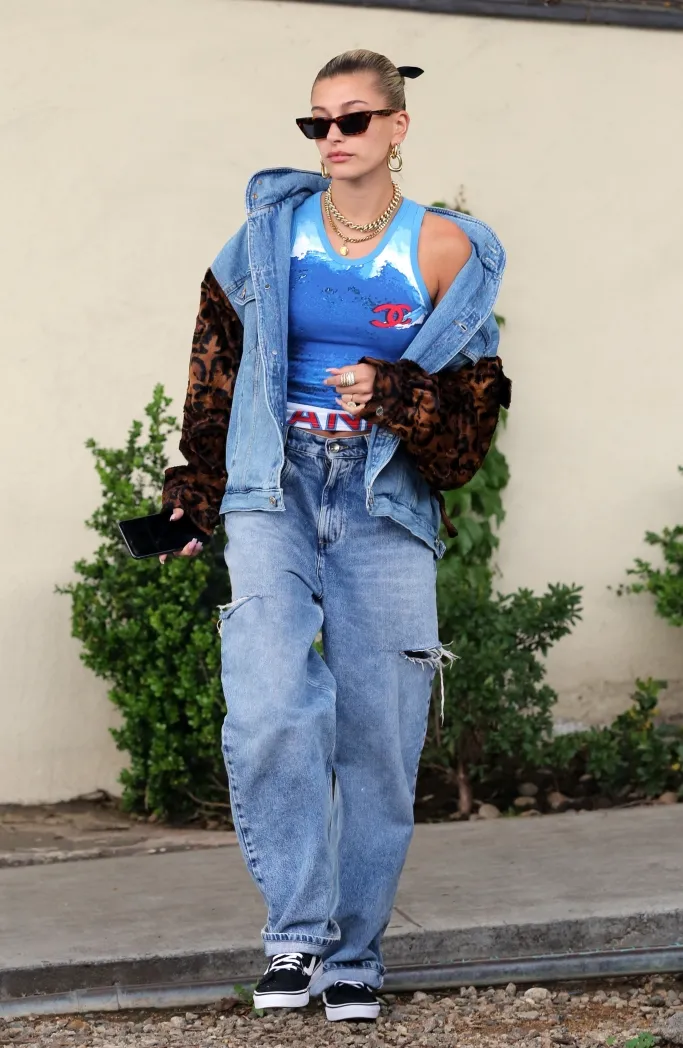
When one is transitioning between Europe and America, one of the very obvious noticeable differences is the contrasting fashion in both areas. Speaking of men's fashion, one of the major differences lies in the usage of accessories.
In Europe, there is a wider market for men's accessories such as scarves, hats, men's bags, and tie-bars. Women in the USA focus more on the comfort level when it comes to fashion. On the other hand, European women focus more on appearances.
Millennial fashion in both areas is more or less the same. This is probably because of the influence of the American music and film industry. Although European fashion is slightly more sophisticated, globalization has almost blurred the line between the two when it comes to teen fashion. American top designers like Ralph Lauren, Calvin Klein, and Marc Jacobs can be studied to know more about what Americans want or look for. While European fashion is very keen on texture, American fashion looks for patterns before texture.
USA has also signed the FREE TRADE AGREEMENT which gives the apparel and textile industry the chance to enter the global market for free of cost. It has given it the benefit of improved intellectual rights along with low tariff rates.
Fashion in Asia
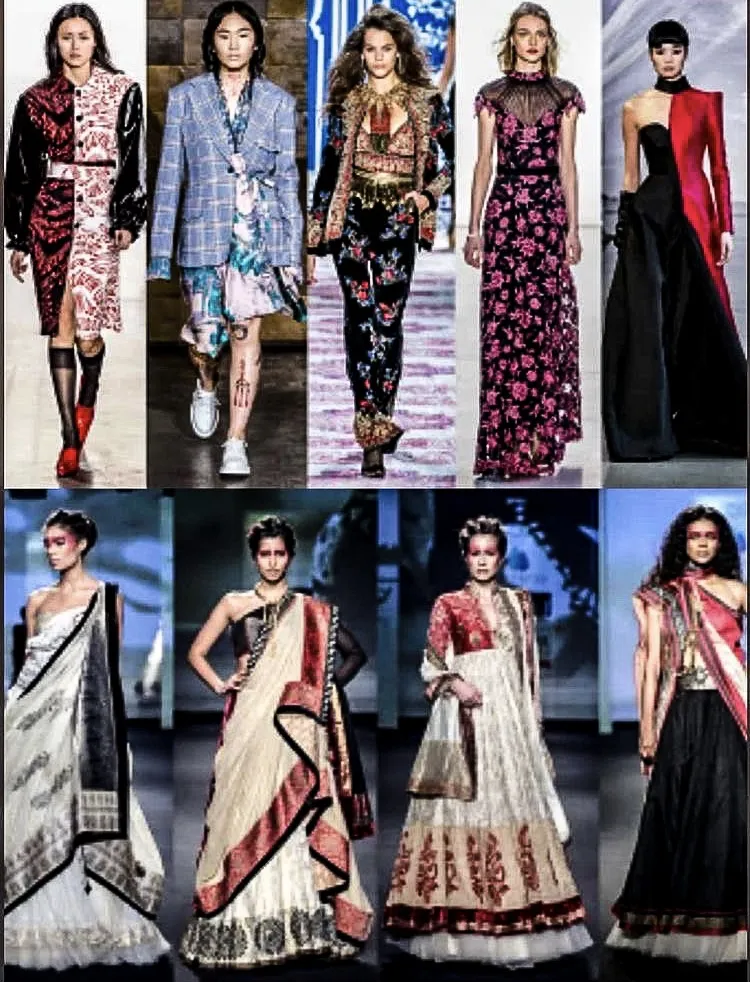
It's been quite a while since the center of gravity of the fashion industry is gradually shifting from the West to the East. Asia's GDP growth remains more than that of Europe and a large part of it contributing to the booming luxury and fashion market in Asia.
The Asian fashion market has shown substantial growth not only because of new consumers but also because of the rise in technology. It is progressing at a much faster rate than conventional markets based in Italy or London. Japan always had a love for fashion and Hong Kong has now been given the title of fashion hub of the world several times in a row.
The Asian fashion industry is also more focused on sustainability. The Asian fashion market is also looking for a blend of both traditional styles and western styles. Hong Kong fashion week is something that most great designers look forward to. Asia is also rich in street style in which Japan played a major role worldwide to popularize it. UAE, Dubai, Tibet, Singapore, and India are other major South Asian players in this industry.
We can see so many instances of it. Recently, Anita Dongre, an Indian brand, opened its store in New York City. Indian fashion is mainly about jewelry and ethnic attires. Indian sarees are so famous that they are worn even in the West. India is also a profitable market where global fashion companies come to sell their products. Gentle Monster which is a Korean fashion brand manages to gain investment from private equity that is backed up by LMVH.
The cost of manufacturing is also lesser as compared to other regions which make Asia all the more suitable as a market. There's an abundance of all kinds of the target audience who are willing to spend. Moreover, the cost of manufacturing is low and hence the profit margins can be expanded optimally.
8. Execute your fashion business plan
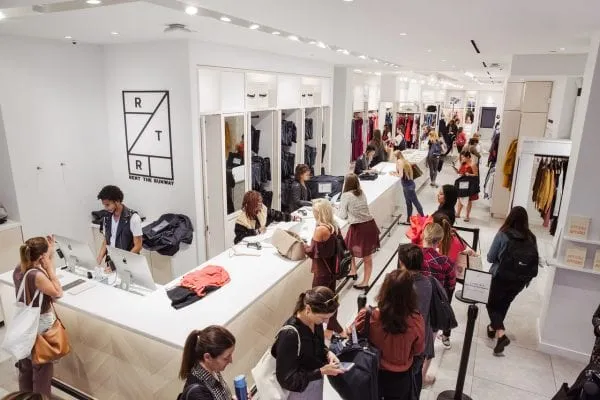
Once you have decided your niche, done thorough market research, set up digital platforms, made connections, studied your competition, and formulated a top-notch business plan; the next best thing to do is testing! There is a high probability that things might not go exactly as you dreamt of in the first go itself. But along the journey, you will discover and learn a lot. So test different plans and strategies, see what is more suitably tailored to your vision, and brace yourself to yield profits!
Bottom Line
You have already taken the first step by visualizing your dream and outlaying a plan. Certain situations and thorough research might often drain a lot of time & energy but it will only increase the probability of a successful launch. So if you want to go international with your clothing line, keep hustling until you make it big!
Opinions and Perspectives
The advice about customer service needs more emphasis on automated solutions
Good insights about market research, but they should've mentioned data analytics tools
Love the emphasis on having both online and offline presence. It's crucial for success today
The section about networking could've included more digital networking strategies
Interesting how they emphasize sustainability. It's definitely becoming a major factor in consumer choices
Their analysis of European vs American fashion feels stereotypical. Markets are more nuanced now
The point about fashion shows is outdated. Digital presentations are becoming more important
Would've appreciated more information about handling international returns and exchanges
The section about Asian markets is eye-opening. Definitely considering expansion there now
They missed discussing the importance of influencer partnerships in different markets
I've found social media to be even more important than they suggest for building an international presence
The advice about market research is solid, but they should've mentioned social listening tools
Great point about having a signature style. It's helped my brand stand out in a crowded market
Their take on sustainable fashion seems focused on materials, but what about ethical labor practices?
The part about customer loyalty programs is crucial. They really help with international expansion
Would've liked more specific advice about pricing strategies across different markets
Interesting perspective on market differences, but I think globalization is blurring these distinctions more than they suggest
The article understates the importance of mobile shopping optimization. That's where most sales happen now
Good point about studying neighboring businesses. My store actually benefits from being near complementary businesses
The section about fashion communications needs updating. Video content is king now
Love the emphasis on combining digital and physical presence. It's definitely the future of retail
They should've mentioned more about social media marketing strategies. It's essential in today's fashion landscape
The point about location research is crucial. I learned this the hard way with my first store
Interesting how they emphasized sustainable fashion but didn't mention rental or resale markets
The advice about having a clear filtering system for online shops is so important. I've seen my conversion rates improve after implementing this
I disagree with their assessment of Asian manufacturing. Costs are rising significantly in many regions
Their analysis of European luxury markets is spot-on. Working in Paris taught me exactly what they're describing
The section about visual merchandising could've been more detailed. It's crucial for both online and offline success
Great insights about different market demographics, but they missed discussing Gen Z's increasing purchasing power
Would've liked more information about handling returns for international sales. That's always tricky
The point about bilingual copywriting is crucial. I lost so many potential customers before implementing proper translations
Love how they emphasized the importance of having both trendy and classic pieces. That's been key to my store's success
They should've discussed more about payment systems and currency conversion challenges in international markets
The section about Asian markets is fascinating. I had no idea about the LVMH backing of Gentle Monster
This article really hits home about the importance of knowing your niche. I wasted so much time trying to be everything to everyone
The part about sustainable fashion feels like it's just scratching the surface. There's so much more to consider
Interesting point about how fashion communication isn't just about products but about identity. That's so true in my experience
The advice about building connections is great, but they forgot to mention fashion weeks as networking opportunities
I've found the opposite regarding European vs American accessories. The US market for men's accessories is booming
The section about market research is invaluable. Wish I'd read this before launching my online boutique
They should have mentioned the challenges of international shipping and customs. That's been my biggest headache
This really opened my eyes about the differences in Asian markets. I had no idea Hong Kong was such a fashion hub
The point about having a signature style is crucial. Look at how instantly recognizable Gucci has become under Alessandro Michele
Would've liked to see more specific examples of successful digital strategies. The e-commerce section felt a bit vague
The part about European fashion markets is quite insightful. I hadn't realized how much luxury fashion contributes to their GDP
The advice about sustainable practices is spot on. My customers are increasingly demanding transparency about our environmental impact
I'm surprised they didn't discuss the impact of social media influencers more thoroughly. They're reshaping the entire industry
Interesting how they didn't mention the challenges of sizing differences across regions. That's been a huge hurdle in my experience
The section about customer support needs more emphasis. In my experience, it's absolutely crucial for international fashion brands
Not sure I agree with their take on European fashion being more sophisticated than American. Feels like an outdated stereotype
Totally agree about networking being crucial. I built my entire fashion business through connections I made at trade shows
I work in fashion manufacturing and can confirm the points about Asian markets. The manufacturing costs are significantly lower
The digital platform advice seems outdated. They didn't even mention TikTok or livestream shopping, which are huge in fashion retail now
Anyone else think it's interesting how they mentioned Japan's influence on street style? I've seen this firsthand during my travels
Really appreciate the point about combining contemporary and classic items. That's exactly what I tell my clients - trends come and go, but style is forever
I found the market research section incredibly helpful. Never realized how different fashion preferences are between Europe and Asia
The sustainability section feels a bit superficial. It's not just about eco-friendly packaging. What about addressing fast fashion's impact on worker exploitation?
Fascinating article about going global with fashion brands. I've been running a small boutique and dream of expanding internationally. The section about e-commerce really resonated with me
